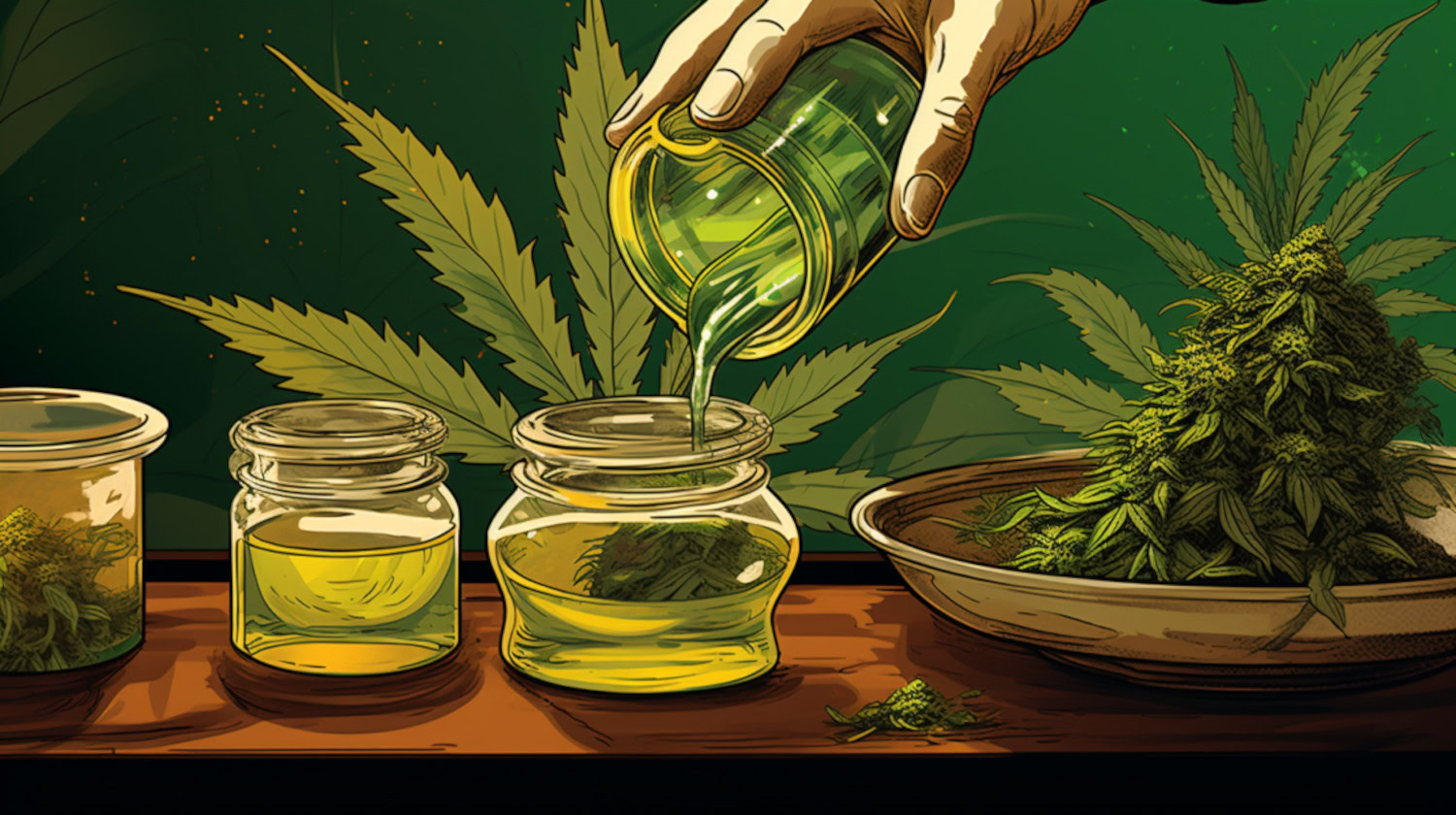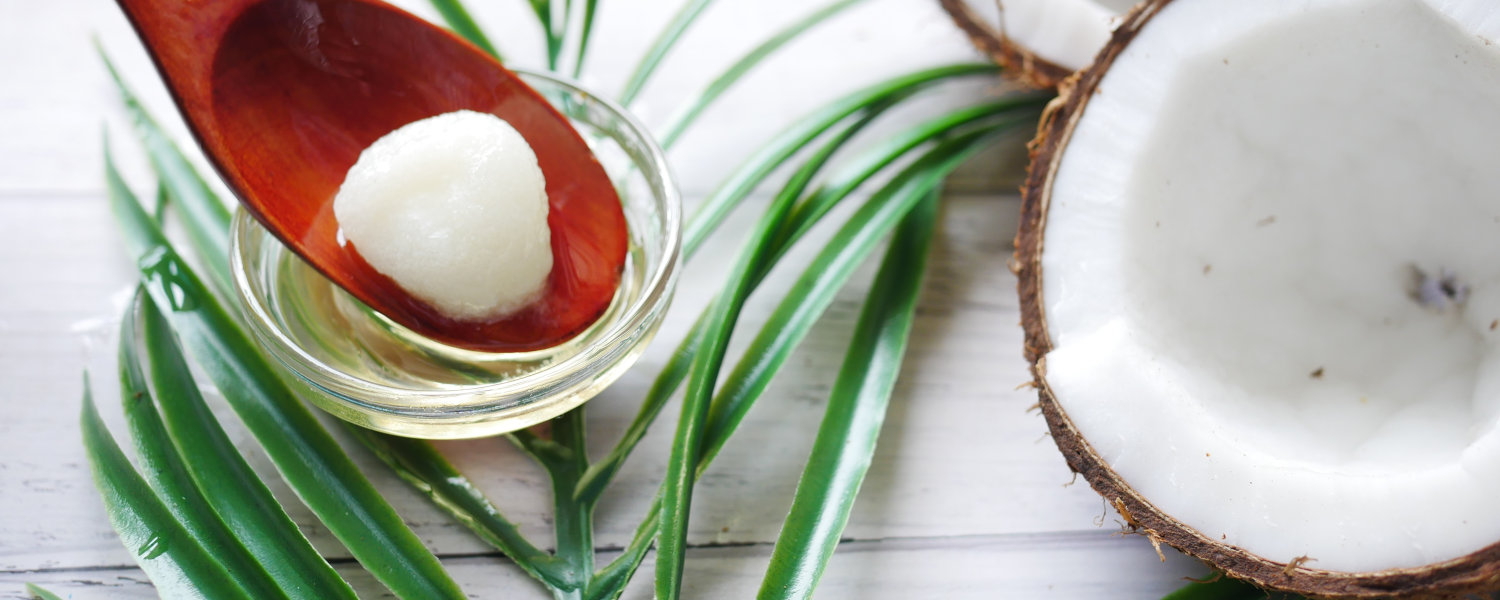In This Article
- What is an Oil Infuser?
- Advantages of Oil Infusers
- Decarboxylation Precision
- Consistency
- Odor Reduction
- Ease of Use
- Versatility
- Easy to Clean
- Drawbacks of Oil Infusers
- Cost
- Not Always Weed-Specific
- Cleaning
- Possible Storage Issues
- Wired In
- How to Use an Oil Infuser
- The Slow Cooker Method
- Double Boiler Method
- Dedicated Oil Infuser
- Tips for Buying an Oil Infuser
- How to Store Infused Oil
- References
Edibles have been critical to the cannabis legalization movement for decades. They're now among the most popular consumer products on the legal market. One of the more important components of making edibles at home is the oil infuser, sometimes called an herbal infuser.
What is an Oil Infuser?
With an oil infuser, medical and recreational consumers can produce precisely dosed edibles from the comfort of their own homes. An oil infuser is a kitchen appliance that has made cannabis infusion a much simpler process. An infuser can extract critical compounds from cannabis or other herbs and integrate them into butter and oils to create a range of cannabinoid-infused edibles.
Automation is a key feature of these handy devices, as it greatly simplifies making cannabis oils – most notably, its impact on decarboxylation. Decarboxylation is an essential chemical transformation for edible production, where heat is used to activate cannabis flower, converting the acid cannabinoids THCA and CBDA into THC and CBD, respectively. The edible will not produce any intoxicating “high” effects if you do not decarb before infusion.
In older production, cannabis flower was typically laid out on a cooking sheet and heated in the oven to complete the conversion process. With an infuser, the transformation occurs at a much more precise temperature, retaining the plant's potency and other effective results as best as possible.
Infusers typically include adjustable temperature settings, allowing users to find their ideal conversion temperature. Other key characteristics include airtight seals to limit odor escape and digital timers to provide precise heating times.
Advantages of Oil Infusers

A cannabis oil infuser offers a range of advantages, making it an alluring option for brands and at-home edible creators. Some of the many leading advantages include:
Decarboxylation Precision
An oil infuser typically allows edible creators to control their decarb temperatures. This allows cannabinoids, like THC and CBD, to activate at temperatures that ideally maintain many of the plant’s compounds in the final result.
Consistency
Consistency is key to precise decarboxylation. The infuser's consistent heat allows for an even distribution of compounds into various cooking essentials, including butter, cooking oil, or MCT coconut oil. This distribution helps ensure that each edible contains the intended dosage of cannabinoids and other compounds.
Odor Reduction
Over the decades, making edibles at home has been risky, with a strong odor often produced during decarboxylation. However, infusers have elevated the production process and its discretion level with airtight containers and other components meant to minimize or eliminate strong odors from escaping.
Ease of Use
The sophisticated process may seem complicated to understand and use. However, herbal infusers typically come with straightforward, easy-to-follow instructions that allow edible producers to begin automating the infusion and decarb process in just a few minutes.
Versatility
While they have the name oil infuser, these devices work with various cooking essentials, sometimes called carriers. In addition to oil, infusers are commonly used with butter and MCT coconut oil. This versatility allows infusers to make various foods, drinks, and tinctures.
Easy to Clean
Top-of-the-line oil infusers come with food-safe, dishwasher-safe components, allowing the cleanup process to be quick and as pain-free as possible.
Drawbacks of Oil Infusers
Oil infusers make creating edibles a simple and efficient process. Still, while you can make a plethora of herb-infused oils, butter, and more, consider the following points before purchasing one:
Cost
Infusers can cost up to several hundred dollars. Before buying one, consider how often you will use it.
Not Always Weed-Specific
Not every infuser is intended to work with cannabis. Research the product to ensure it works with this specific plant.
Cleaning
While most people say cleanup is simple, consider how often you clean your kitchen after cooking. You could risk allowing some buildup to form if you don't clean your infuser shortly after use.
Possible Storage Issues
Most infusers are relatively small, often resembling a coffee pot or Keurig device. However, some may struggle to fit the 13-inch tall (give or take) device onto their counter or shelves. And some infusers can weigh nearly 11 lbs, so be wary of placing it on any surfaces that aren't securely fastened.
Wired In
Oil infusers rely on an electrical source to stay powered, possibly limiting where you can create an infused option.
How to Use an Oil Infuser

Decarbing and infusing oils, butters, and more can be done in several ways. Consider using an edible calculator to determine the precise amount of cannabis and other essentials needed to dose to your preferences. These are three of the most commonly utilized approaches:
The Slow Cooker Method
Tools Needed
- Slow cooker
- Grinder
- Cheesecloth or strainer
- Storage container
- Oven
Ingredients Needed
- Cannabis flower
- Butter, cooking oil, or MCT coconut oil
Steps
- Decarb your flower in the oven. Temperatures vary, but 230° F to 266° F is often a suitable range to try on your oven.
- Grind the decarbed flower, then place it in the slow cooker, combining it with the butter or oil.
- Cook the mixture on low heat for several hours, typically four to six hours.
- Strain the oil or butter through the cheesecloth, transferring the filtered oil or butter into a storage container.
Double Boiler Method
Tools Needed
- Double boiler
- Grinder
- Cheesecloth or strainer
- Storage container
- Oven
Ingredients Needed
- Cannabis
- Butter, cooking oil, or MCT coconut oil
Steps
- Decarb your flower in the oven. Temperatures vary, but 230° F to 266° F is a potentially suitable range to try on your oven.
- Grind the decarbed flower, then place it in the top section of the double boiler, combining it with the butter or oil.
- Cook the mixture on low heat for several hours, typically four to six hours. Ensure the oil does not get too hot or you may risk losing critical compounds and overall quality.
- Strain the oil or butter through the cheesecloth, transferring the filtered oil or butter into a storage container.
Notes
- While the process is similar to a slow cooker, the double boiler method requires more focus on heating and burning, as the producer has less control over the temperature.
Dedicated Oil Infuser
Tools Needed
- Cannabis oil infuser
- Grinder
- Strainer or cheesecloth
- Storage container
Ingredients Needed
- Cannabis
- Butter, cooking oil, or MCT coconut oil
Steps
- Decarb your flower using the infuser's decarb function. Use an oven beforehand if your device does not have a decarb function.
- Grind the decarbed flower to a coarse texture. Mix with your oil or butter, then add to the infuser.
- Set the infuser to your desired preferences and allow the infusion to occur.
- Strain the oil or butter through the cheesecloth, transferring the filtered oil or butter into a storage container.
Notes:
You can find several infuser options, with many made specifically for cannabis. Ardent is one of the earliest oil infusers and remains a market favorite.
Tips for Buying an Oil Infuser
If you’re about to buy an infuser to make your first batch of herb oil, make sure you address the following to make sure you have the ideal option for your infusing:
- Evaluate how often you will use the device and at what volume you will create edibles.
- What is the infuser's maximum capacity, and how efficient is it?
- How user-friendly is the device?
- Is the device easy to clean?
- Look for products that are certified as food-safe.
- Confirm that the manufacturer and seller are credible.
- Read user reviews.
- How much does the device cost?
Considering these points before buying an oil infuser allows you to consider all possible benefits and downsides. Buyers can confidently assess their options by fully understanding the device's key features, capabilities, price, and more.
How to Store Infused Oil
When considering how long an infused butter or oil will last in the fridge, consider the shelf life of its non-infused options.
Shelf lives depend on the product in question. Typically, butter can last up to four weeks when stored in a cool, dark place away from exposure to the elements. Oils can sometimes last much longer, with some staying fresh for approximately 18 months when stored in similar settings.
With cannabinoids, like THC and CBD, compounds typically begin to degrade at the 12 to 24-month mark, depending on their storage methods.1 However, items like infused gummies may often have a shelf life that lasts two years.
References
- Fairbairn JW, Liebmann JA, Rowan MG. The stability of cannabis and its preparations on storage. J Pharm Pharmacol. 1976;28(1):1-7. doi:10.1111/j.2042-7158.1976.tb04014.x ↩︎
The information in this article and any included images or charts are for educational purposes only. This information is neither a substitute for, nor does it replace, professional legal advice or medical advice, diagnosis, or treatment. If you have any concerns or questions about laws, regulations, or your health, you should always consult with an attorney, physician or other licensed professional.




